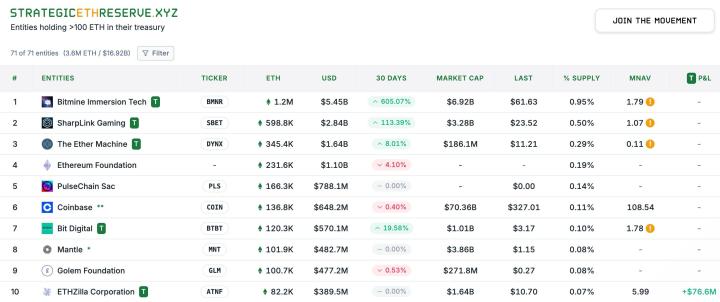In June this year, Ethereum core developers and technical teams from Layer2 and ZK scenarios gathered offline in Berlin for a five-day in-depth collaboration. This meeting, called Berlinterop, was not only an engineering advancement conference but also clearly demonstrated Ethereum's three technical main lines for 2025: accelerating execution layer upgrades, reconstructing inter-chain collaboration mechanisms, and standardizing the zero-knowledge path.
This is Berlinterop - an offline R&D conference that continues the "interop hacking week" tradition but more deeply anchors Ethereum's next phase of technical main lines.
Main Line One: Fusaka Upgrade, Launching a New Performance Cycle for the Execution Layer
A major technical focus of this Berlinterop was the Fusaka upgrade. Developers launched two testnets (fusaka-devnet-1 and berlinterop-devnet-2) and conducted in-depth testing around execution performance enhancement, block construction logic optimization, and parallel path experiments.
As an important upgrade to Ethereum's execution layer, Fusaka's goal is not only to improve throughput but also potentially pave the way for future Pectra upgrades (such as parallel EVM, short Slot proposals, etc.).
This development week also clarified the rhythm for the coming weeks: Fusaka-devnet-2 is expected to be released after community discussion, and after testing, it will be deployed to the Sepolia testnet in late summer and enter the mainnet upgrade preparation stage.
This is Ethereum's most direct response to "performance" in recent years and is seen as a key signal of openness to modular and high-performance L2 protocols.
Main Line Two: Reconstructing L2 and Mainnet Collaboration Mechanisms, Accelerating Interoperability Standardization
Berlinterop specially set up an L2 collaboration day, inviting representatives from Arbitrum, Base, OP Labs, Polygon, Scroll, Starkware, World Chain, ZKsync, and other teams to discuss the current status and bottlenecks of L1 and L2 collaboration.
Consensus is forming: Layer2 is no longer just a user of Ethereum, but a protocol co-builder and experimental ground for expansion paths.
During the meeting, L2 teams proposed three main demands:
- As mainnet users, hoping to obtain more data availability resources (such as blobs) and faster final confirmation speed;
- As protocol stakeholders, hoping to be considered when EVM modifications occur and prepare in advance;
- As high-throughput execution layer operators, hoping to participate in mainnet expansion path standard setting with past experience.
This marks a turning point where Layer2 is no longer just Ethereum's "accelerator" but is becoming part of the mainnet operating mechanism.
We can foresee that future EIP proposals, gas models, etc., will see more in-depth participation and design collaboration from L2, laying a standardization foundation for future "multi-chain collaboration + cross-chain abstraction".
Main Line Three: Accelerating Towards a Modular Execution World
Another key scenario of Berlinterop was the ZK session. Researchers from dozens of projects including Scroll, Succinct, Starkware, ZKsync, ZKM, RISC Zero, etc., engaged in frank and in-depth exchanges around zkEVM, Stateless Client, and ISA standardization.
Among them, the Stateless Client route received particular attention - a lightweight client that does not rely on local state and verifies block validity through zk proofs is becoming a core candidate for the next-generation Ethereum node form.
They plan to produce a prototype implementation by the end of 2025 and solve:
- Proof incentive mechanism (who generates? who verifies?)
- Anti-censorship data source design
- ZK VM instruction set and compilation path standardization
These works will fundamentally change Ethereum's definition of "node": lightweight, verifiable, modular execution will gradually become the default form. It represents: we are one step closer to the future of "compressing Ethereum into a browser plugin".
Ethereum's main plot lines have emerged.
- Faster execution layer → Fusaka fires the first shot
- Stronger collaboration mechanism → L2 officially takes the stage
- Lighter clients → ZK and modular execution are being implemented
All of this constitutes the three-fold upgrade challenges and opportunities Ethereum will face in 2025.
Written at the End
Berlinterop released a clear signal to the entire ecosystem:
Ethereum's technical iteration rhythm is accelerating, and the collaborative relationship between Layer2 and mainnet is entering deep waters. Execution performance, interoperability, and ZK modularity constitute the three most certain main lines for 2025.
For Layer2 building on Superchain and dedicated to creating next-generation on-chain Non-Fungible Tokens and Agent infrastructure, Mint deeply focuses on and understands future key technological trends. We believe that only by continuously promoting underlying protocol upgrades and ecosystem collaboration can we bring users a more efficient, safer, and more innovative blockchain experience.
Mint is already on the way.






